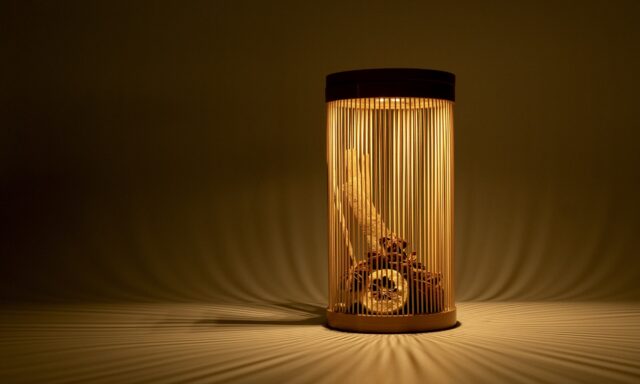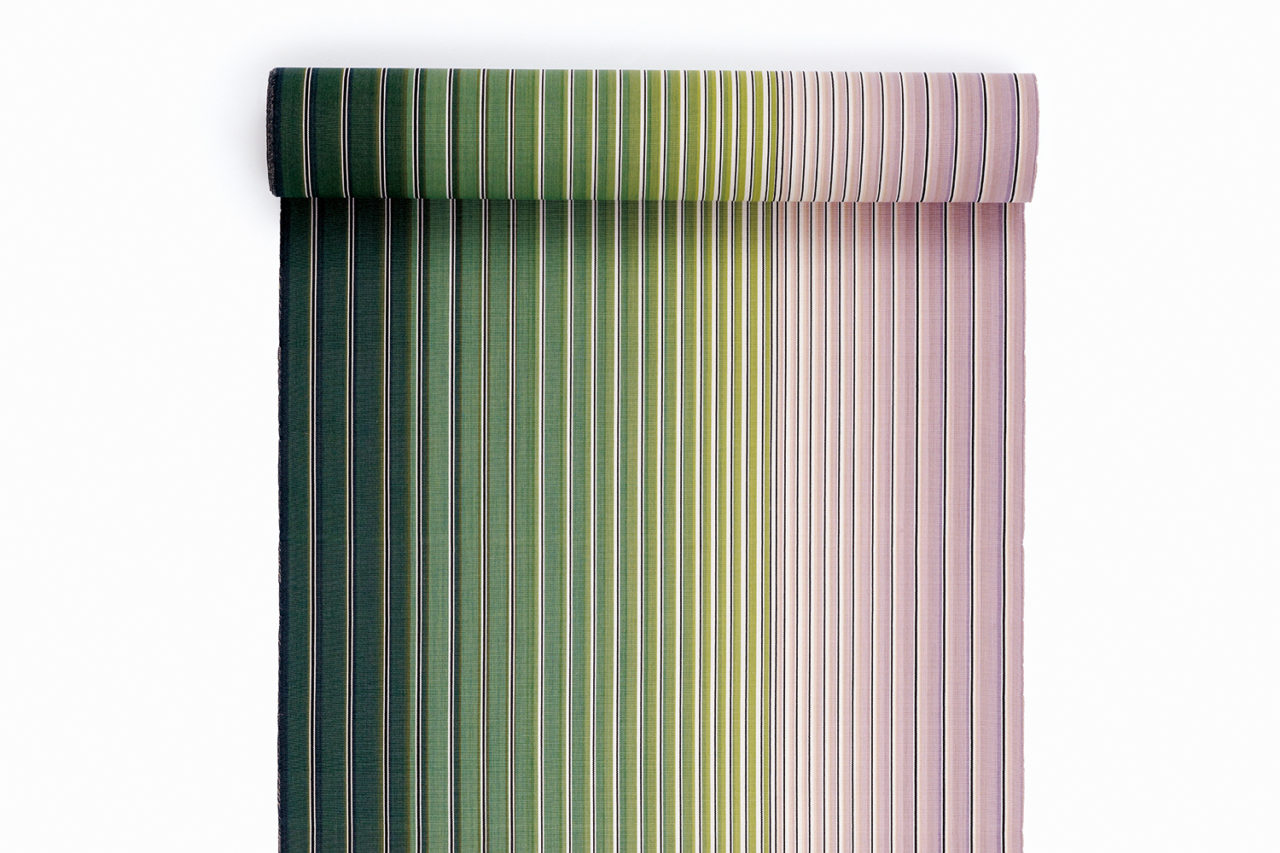Newly Launched “Yakiiro” Chopstick Rest by MIYAMA
New Products VOL.19
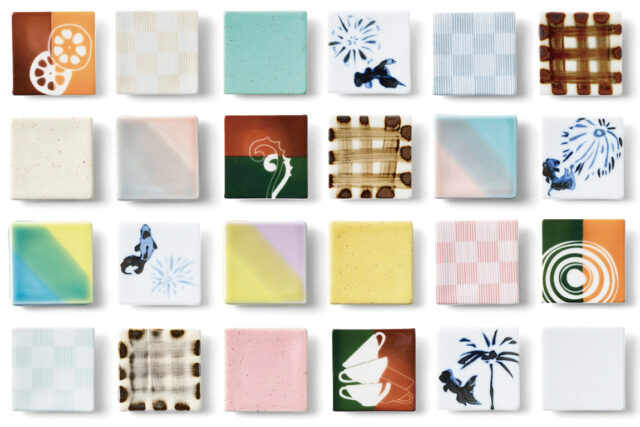

VOL.1-19
Update

VOL.1-27
Update
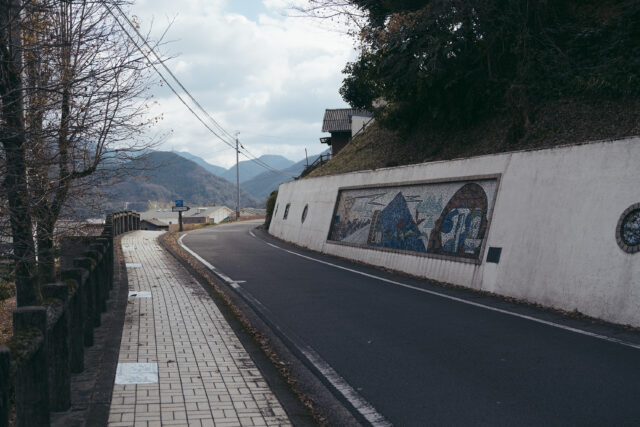
VOL.1-4
Update
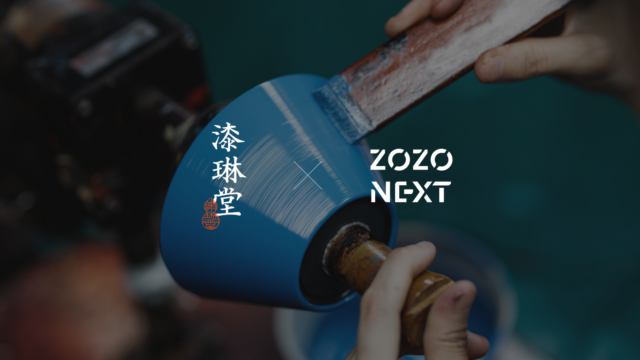
VOL.1-19
Update
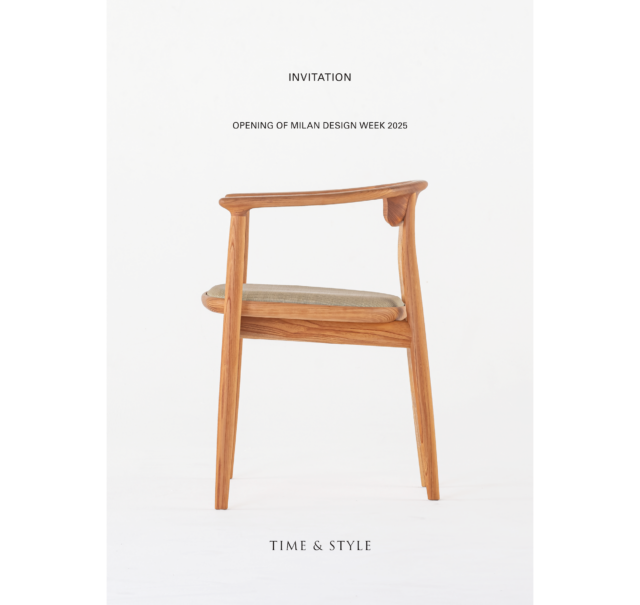
VOL.1-43
Update
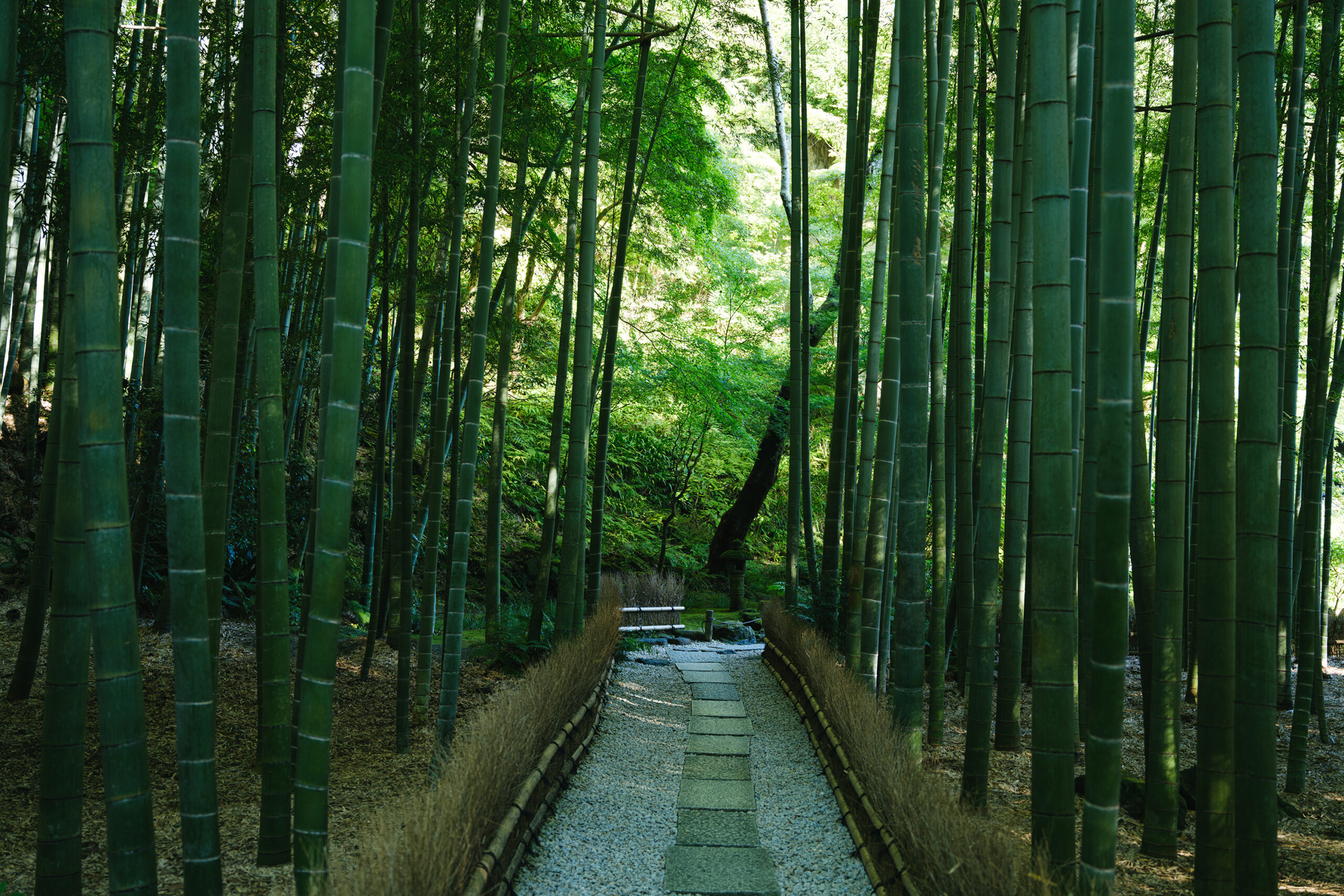
VOL.1-2
Update
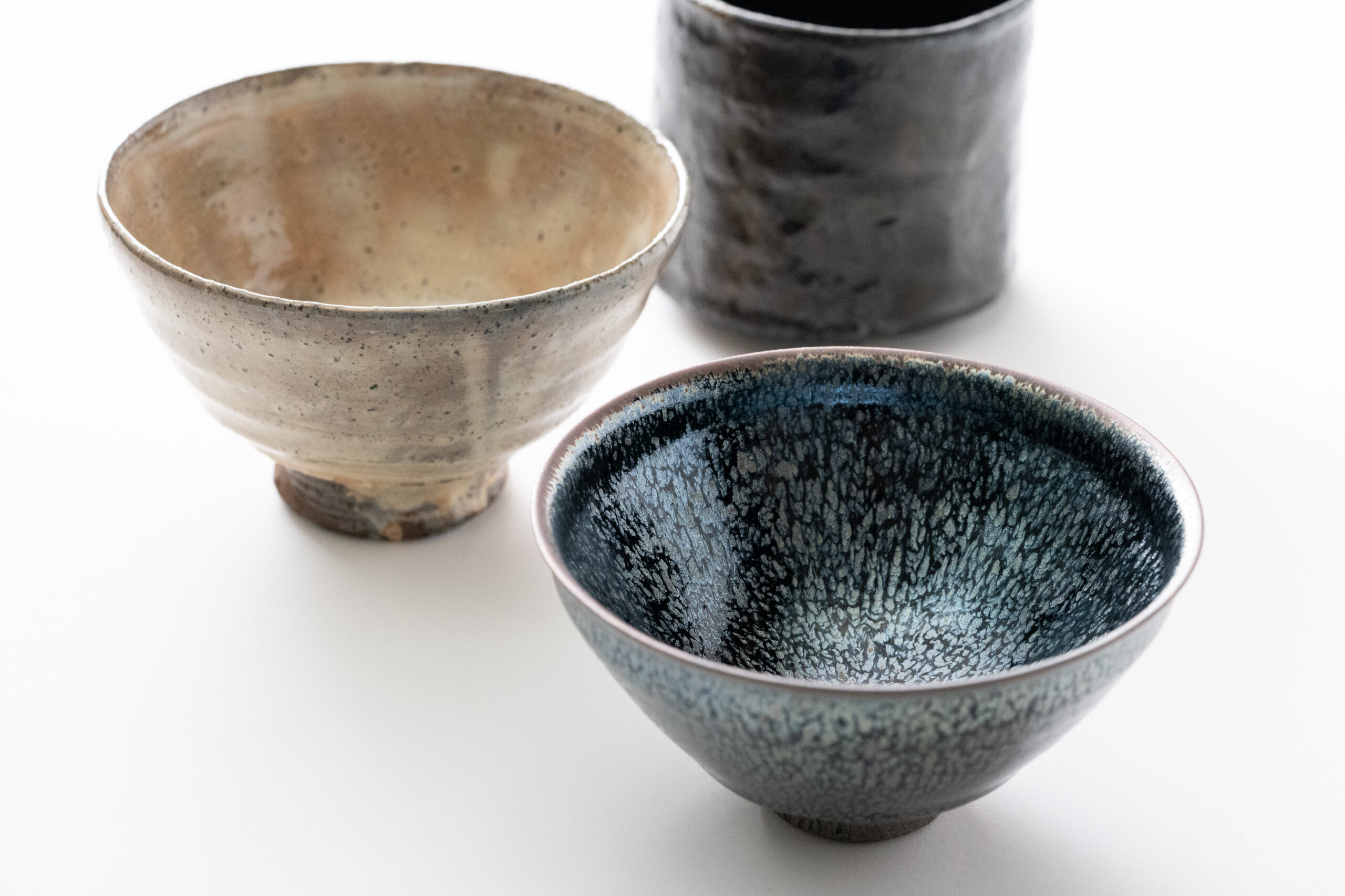
VOL.1-3
Update

VOL.1
Update
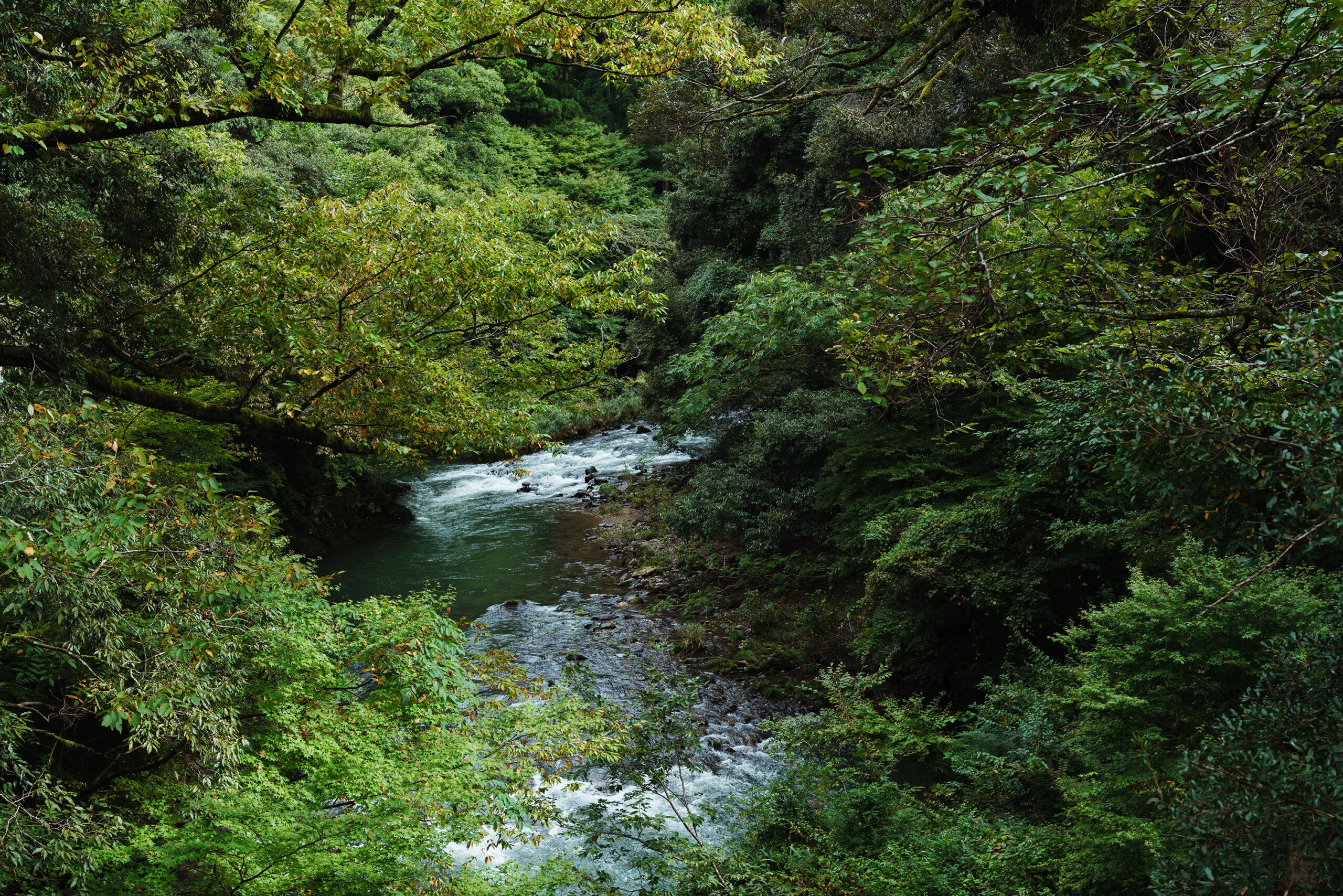
VOL.1-7
Update
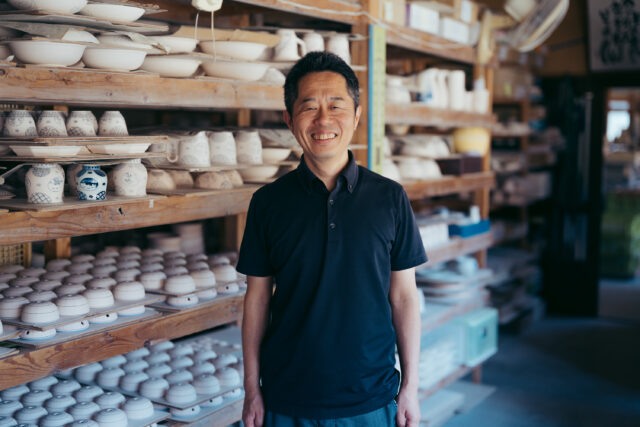
VOL.1-32
Update
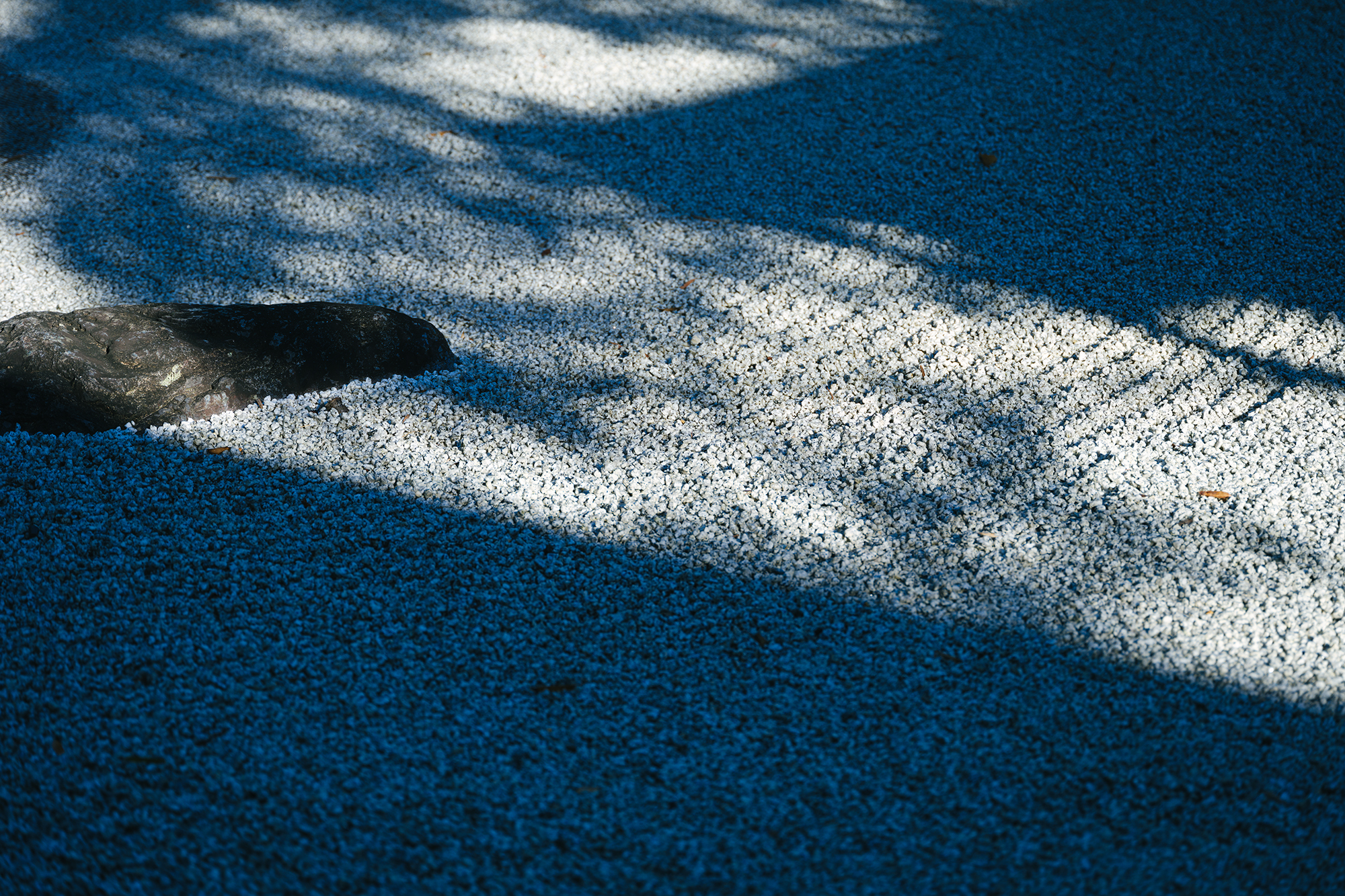
VOL.1-12
Update
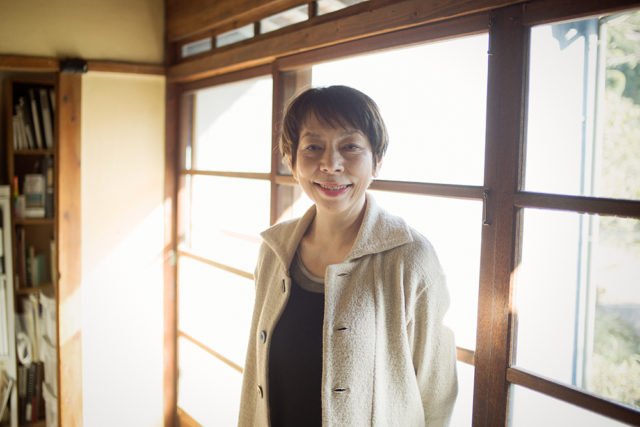
VOL.1
Update
We share a variety of information and perspectives on Japanese crafts, including exhibition information and interviews.
New Products VOL.19
Exhibition • Event Report VOL.27 AD
New Products VOL.18
Editor's Column "Craft Production Regions" VOL.4 AD
Jun 29 – Sep 7, 2025
Midorigaoka Art Museum Annex
Jul 1 – Jul 8, 2025
ART SPACE IGA
Jul 2 – Jul 8, 2025
Nihonbashi Mitsukoshi
Jul 4 – Jul 8, 2025
SHIBUYA KURODA TOEN

Kokura-ori is a special product of the Buzen Kokura clan of the Edo era and it is a high-quality durable cotton fabric featuring vertical stripes. It is Ms. Noriko Tsuiki who restored this Kokura-ori which once ceased.
Ms.Tsuiki who was attracted by the world of Noh encountered the cloth of Kokura-ori which was sleeping in her hometown, Kokura and she restored it. We asked what the attractiveness of Kokura-ori which Ms.Tuiki is incited, and what is the attractiveness of Japanese crafts.
Interview by Yusuke Shibata(HULS)
Textile artist of Kokura-ori. She was fascinated by the beauty of the Noh costumes and entered the path of textile. She restored Kokura-ori, which originated from her hometown, and has continued as a textile artist of Kokura-ori.
PROFILEThe “Original landscape of Kokura”, was created while I was designing for “Shima Shima”. I was creating stripes in the image of Kitakyushu in 2018 and I asked myself what the original landscape of Kokura was for me. Here, both the sea and mountains are very close by. The feeling of a vast area and something high to block us might be slightly different from the feeling of people who live in the flat lands. I think “Kogei” is basically developed from the combination of the natural features of a region and the character of people who live there. The character of Kokura of Kitakyushu is, if I can describe in one word, “clumsiness”. However, it is because of this clumsiness and also inflexibility, that the people were able to continue weaving the difficult Kokura-ori for 400 years. Kogei has an unyielding quality, regardless of which genre or region, each and every one of them. The important thing is, which part you will not yield.
©Yasuhide Kuge
